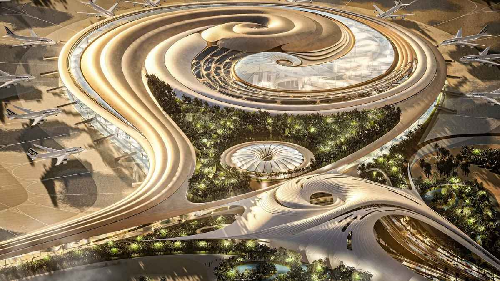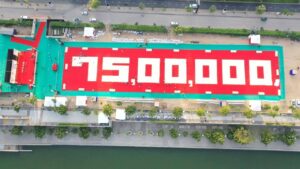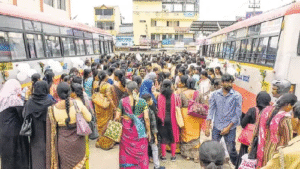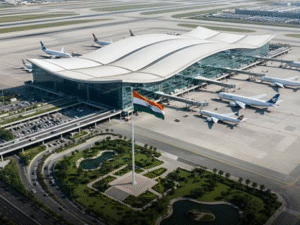Saudi Arabia has launched a colossal project to build the King Salman International Airport (KSIA) in Riyadh, an ambitious megahub intended to be one of the world’s largest and most technologically advanced airports, setting a new global benchmark for smart infrastructure.
The project is a central pillar of Saudi Vision 2030, aimed at transforming Riyadh into a global logistics, travel, and tourism gateway, linking the East and West.
The new airport will not merely be a transport hub but an entire “aerotropolis” designed around a seamless, customer-centric journey, powered by cutting-edge technology. Key “smart” features and operational goals include:
- AI and Biometrics: The design incorporates advanced biometric systems and artificial intelligence for seamless, touchless check-in, security, and boarding processes.
- Intelligent Operations: Partnerships with global tech firms are focused on deploying AI, IoT (Internet of Things), and private 5G networks to enhance operational efficiency. This includes using AI for predictive maintenance of critical airport assets to minimize downtime and prevent delays.
- Digital Guest Platform: A customized digital platform will use AI to provide personalized navigation and services for passengers, ensuring a stress-free experience from arrival to departure.
- Massive Scale and Capacity: Spanning approximately 57 square kilometers, the airport will feature six parallel runways and aims to accommodate 120 million passengers annually by 2030, scaling up to 185 million by 2050, making it one of the largest in the world.
Designed by the renowned firm Foster + Partners, the airport is also championing sustainability and urban integration:
- LEED Platinum Certification: The facility is targeting the highest standard for sustainable design, with plans to be entirely powered by renewable energy.
- The Wadi Loop: The masterplan includes a signature “Wadi Loop”—a green, landscaped corridor that links terminals, retail outlets, and support facilities, integrating natural elements into the heart of the complex.
- Aerotropolis: Beyond the terminals, the development includes a 12 square kilometer area for residential, recreational, and commercial real estate, blurring the lines between the airport and the city.
The King Salman International Airport, alongside the new national carrier Riyadh Air, represents a monumental investment in the Kingdom’s non-oil economy, projected to add an estimated SAR 27 billion ($7.2 billion) annually to Saudi Arabia’s GDP and create over 100,000 direct and indirect jobs. The project sets a powerful new standard for how technology will define the future of air travel and urban development.







